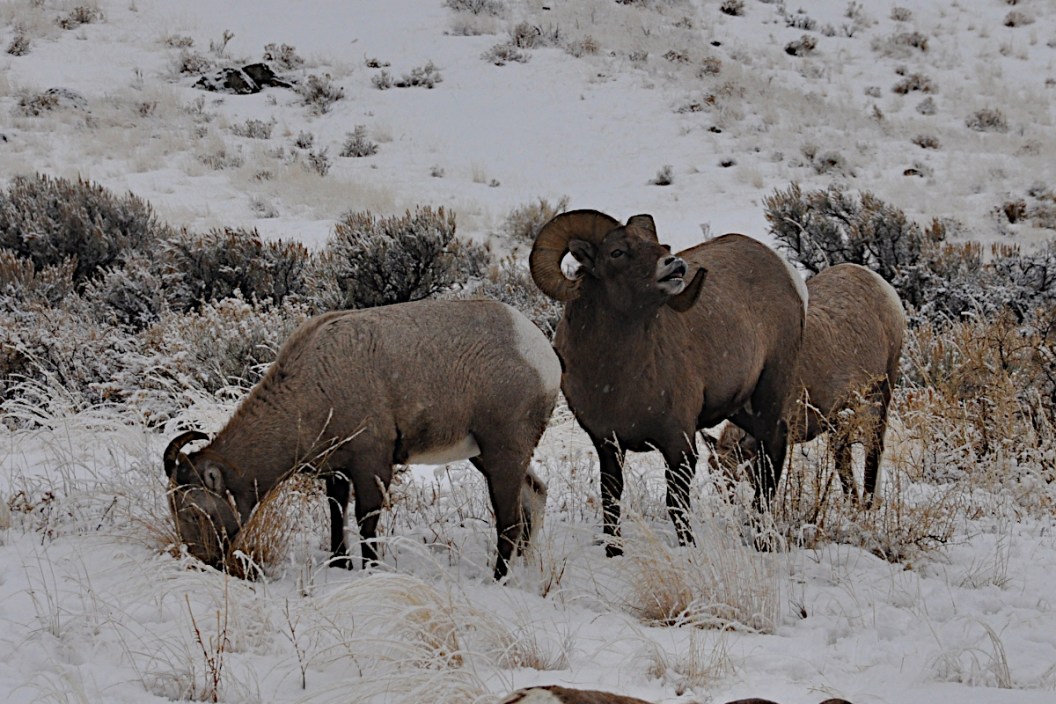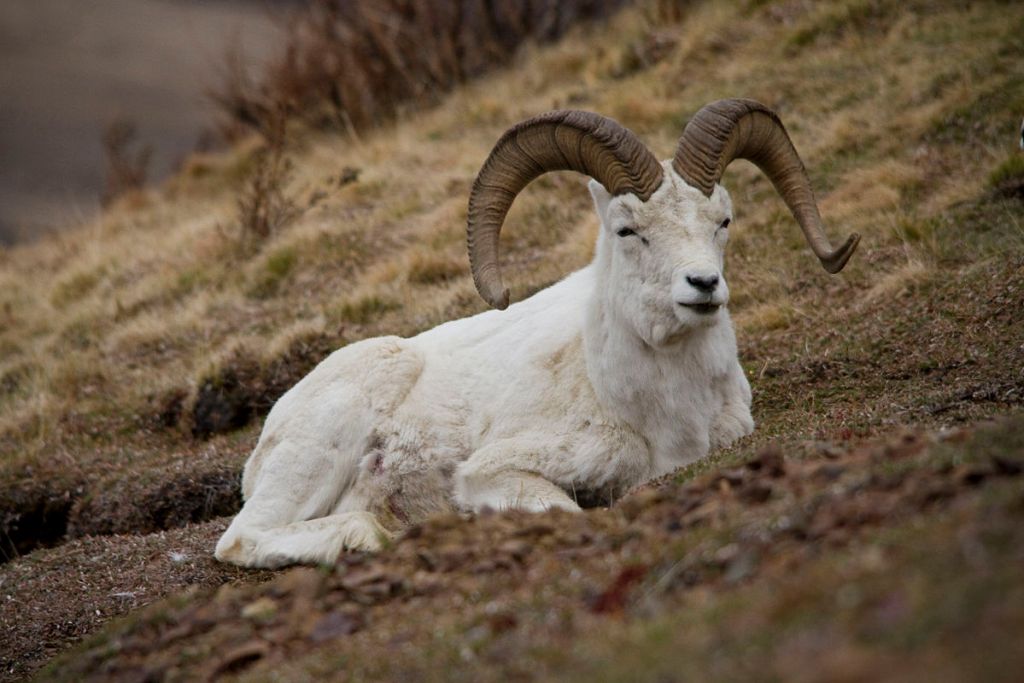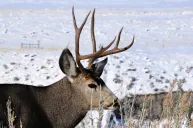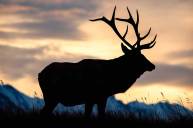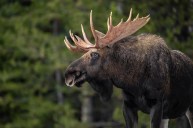This may be the hardest hunting slam to accomplish in all of North America.
So you're feeling like you've done it all and are now looking for a real hunting challenge? Maybe the North American Wild Sheep Grand Slam is the next big hunting goal for you. This is the kind of hunting challenge that will not only test all your skills, but will give some major bragging rights with your buddies.
Here's all that sheep hunters need to know about the Grand Slam of North American Wild Sheep. These animals are not only challenging to hunt, but getting a license to hunt them is just as difficult.
That makes this grand slam one of the hardest fair chase challenges to accomplish in hunting.
Qualifications
There are six species of wild bighorn sheep that actually qualify for the grand slam, but you only need to harvest four of them. These potential species you can harvest include a Dall sheep, a stone or Fannin sheep, a rocky mountain or California bighorn and a desert bighorn. While a few of these animals can be found in the Lower 48, for the most part it's going to be some hard hunting in some really remote places like Alaska and parts of Canada.
1. Dall Sheep
The beautiful Dall sheep is going to be one of the harder ones on the list to bag. Your only option to hunt this species in the United States is going to be Alaska. And if you want to get a license, you have to draw a tag. Outside of the U.S., Dall sheep can be found in the northwest corner of British Columbia, Northwest Territories and the Yukon Territory.
No matter where you choose to hunt, you'll likely be hiring an outfitter to work with. These hunts aren't cheap. A quick check of the web reveals you can might have to pay up $20,000 for a remote guided Dall sheep hunt.
2. Stone Sheep
The stone sheep is actually a subspecies of the Dall sheep. As you might already guess, this means it inhabits some of the same extremely remote parts of North America including Alaska and Canada. Your best bet for a stone sheep is likely going to be British Columbia, but the Yukon and Northwest Territories offer opportunities for this sheep, too.
Just like the dall's sheep, booking a guided hunt for stone sheep isn't cheap. The good news is, if you're simply looking to complete the grand slam, you can substitute the fannin sheep in its place because people sometimes use the terms for these two species interchangeably. It is worth noting there are two distinct species however. The stone sheep goes by the scientific name ovis dalli stonei while the fannin goes by ovis dalli fannini.
3. Fannin Sheep
As noted above, Fannin sheep are very similar to the stone sheep. They are so similar that some don't even recognize the difference between the two distinct species, including Boone & Crockett Club! Just like the stone and Dall sheep, you're going to primarily find hunting for them through an outfitter out of British Columbia or the Yukon and Northwest Territories.
While Fannin sheep do appear in Alaska, the numbers are low. The Fannin sheep, for the most part, is much lighter in color than the stone sheep. For purposes of the grand slam club, they have a special definition in areas where Dall sheep are also found. Keep in mind, a black tail on a ram indicates a Dall sheep as far as the GSCO is concerned.
"If a ram has only a small amount of black hair within the body and/or down the legs, the trophy owner can choose to call it either Fannin or Dall," the GSCO website states.
If you're just looking to avoid the confusion, it might be easier to stick with going after a stone sheep unless you are specifically targeting some larger slam in the future.
4. Rocky Mountain Bighorn Sheep
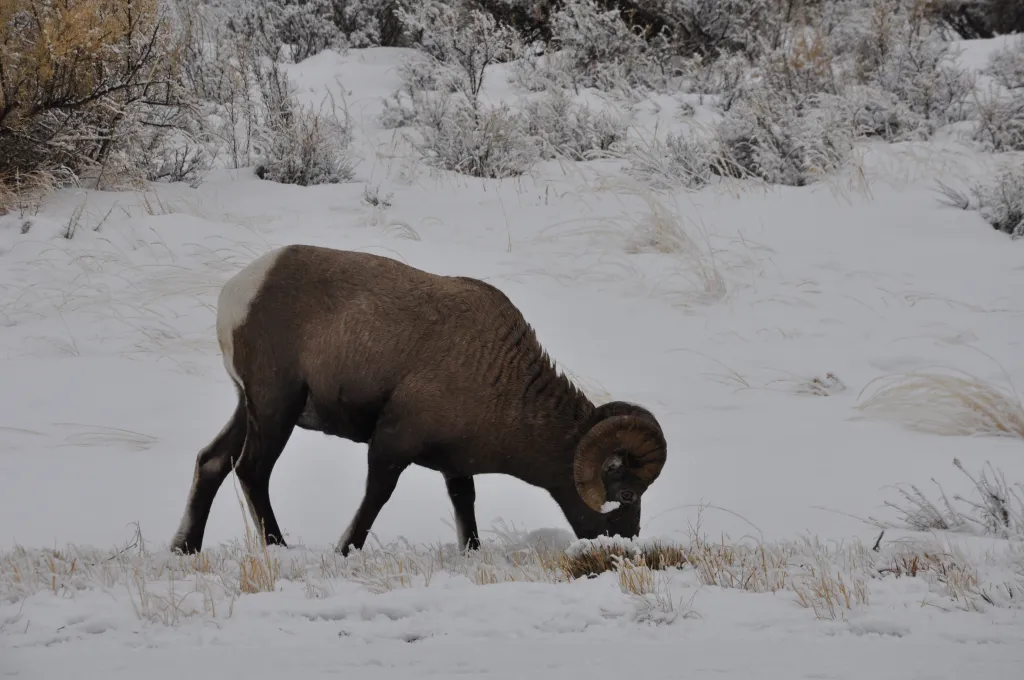
Travis Smola
Finally, we get to a sheep with more widespread hunting options available. While the first three species are restricted to remote areas of Canada and Alaska, this sheep can be found in the lower 48 states of the U.S. But with more places to hunt comes another downside, you're still looking at a drawing for a chance at a bighorn sheep.
Competition for a chance at a bighorn can be fierce. A few years ago, a hunter paid $305,000 for a guaranteed bighorn sheep license through an auction by the Montana Fish, Wildlife and Parks department. There are similar auctions/raffles and ways to increase your odds in other states.
Washington, for example, offers the chance to increase your odds by purchasing multiple raffle tickets through the Washington Wild Sheep Foundation. If the slam is a long-term goal, you might be able to get away with buying just a few and crossing your fingers every year. Otherwise, you're probably going to have to pony up some money just to get a tag.
Washington, Oregon, Idaho, Montana, South Dakota, Nebraska, Wyoming, Colorado, Nevada, Arizona, Utah and New Mexico all hold Rocky Mountain bighorns and offer hunting. Make sure to check local regulations to find out the draw process for them where you plan to hunt them. Also be aware that some states may only dole out these tags to people who are residents.
Bighorns are also found in British Columbia and Alberta. But guided hunts in these provinces aren't cheap either. It's interesting that the one sheep with by far the most hunting opportunities may also be the one of the more expensive to hunt.
A Rocky Mountain bighorn can be swapped out in the grand slam with our next sheep, the California bighorn.
5. California Bighorn Sheep
Despite the name, you can't actually take a California bighorn in the Golden State because there's no season there anymore. Weird, right? Might lead to some confusion when taking people around your trophy room, but it's another beautiful sheep that your buddies aren't likely to have in their trophy room. There is also a population in Utah, but you can't hunt them there either. So that leaves Washington, Oregon, North Dakota, Nevada or Idaho. British Columbia is the only Canadian option for this sheep.
This is another very hard-to-get tag. Some areas, like Idaho, may only hand out one or two tags for a given area. Much like the Rocky Mountain bighorn, it may be difficult to get your hands on one.
6. Desert Bighorn Sheep
The official grand slam records Grand Slam Club Ovis, cites the desert bighorn as the one species that may keep many hunters from completing their slam. Unfortunately, the desert sheep is the hardest tag to procure. "Some are lucky enough to draw a coveted permit in one of the western states while others usually have to pay premium prices for a Mexico permit or special Governors permit," the GSCO's website states.
This is also the only sheep of the six in which is not found in Canada. You'll have to stick with Arizona, New Mexico, Texas, Utah, Arizona, California or Colorado on this hunt.
Your other options are south of the border in Mexico. Sonora, North Baja and South Baja Mexico.
With a total population numbering somewhere just under 20,000 for all the U.S. states the desert bighorn calls home. It's little wonder landing a hunt for a desert ram is such a difficult thing to do.
As you can see, completing the North American Wild Sheep Grand Slam isn't an easy thing to do. Half of your trouble will just be in getting your hands on a permit for some of these species. Make sure to properly document everything about your hunts, you will need it when submitting your slam to the GSCO.
Other information on submitting details of your harvests can be found here.
But one thing is for sure, you'll get to see a lot of awesome country across North America and you'll certainly have some adventure stories to tell if you take this adventure on!
Products featured on Wide Open Spaces are independently selected by our editors. However, when you buy something through our links, we may earn a commission.
For more outdoor content from Travis Smola, be sure to follow him on Twitter and check out his Geocaching and Outdoors with Travis YouTube channels.
NEXT: THE AXIS DEER AND HOW THEY'RE IMPACTING PARTS OF THE UNITED STATES
WATCH
